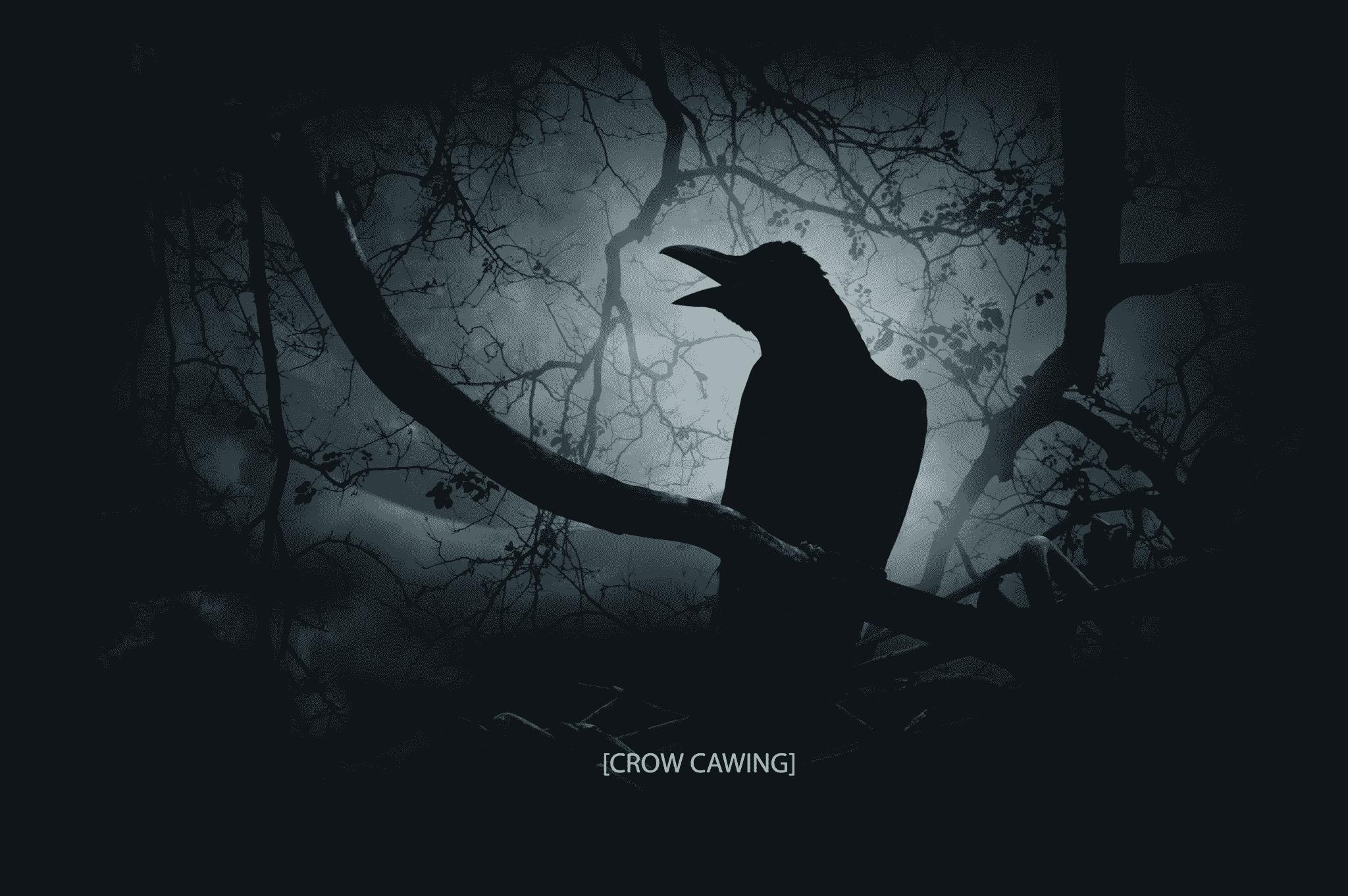Leaves turning, pumpkins everywhere, and fresh apples: that all might sound like just a forgotten verse of “My Favorite Things” or a supply list for a harvest festival, but they’re also some of the things commonly associated with this time of year. While some might look forward to the slight chill in the air the fall season brings, others find themselves looking for a different kind of chill, the kind found by watching a horror film or TV show.
The plethora of networks, cable channels, and streaming platforms that make up the modern era of TV means it’s easier than ever to look for content. And filtering by genre or for seasonal titles makes finding something to watch that’s just the right level of spooky more of a treat than a trick.
From current TV series powerhouses of horror like “The Walking Dead” to programs that showcase older horror flicks like “The Last Drive-In,” there’s something for everyone, if you dare. VITAC captions a number of these spooky shows and films, and captioners have the vital job of helping to bring these stories, even stories of the undead, to life.
When it comes to captioning a program like Shudder’s “The Last Drive-In,” where films are shown and given commentary by a host, captioners have to caption both the host’s comments and the original movie, since most do not come with their own captions. This can require a lot of research on the part of the captioner, since much of film commentary theorizes what past filmmakers were “really trying to say.” The discussions can reference past events and filmmakers’ actions during the course of creating a film 20, 30, or 40 years ago.
The commentary itself can pose a challenge sometimes. Hosts of the shows are often characters or personalities meant to curate a particular aura and lend cohesion to the show, even if an episode screens two seemingly unrelated titles.
“Sometimes the hosts like to pronounce words in their own specific way,” says captioner Steve Miller. “And based on the transcripts the client sometimes sends us, it seems like they want them spelled out phonetically in the captions to emphasize how he is pronouncing them.”
This is another reason why captioners research their projects, and take as much information from program creators in advance. Striving to ensure that viewers who are deaf or hard of hearing can have the same, or as close to the same, viewing experience as hearing viewers means expressing exaggerated or differently pronounced words via captions, even if those exaggerations or pronunciations would make your standard auto-correct feature go haywire.
Captioning films meant to scare requires special attention as well. Horror often relies on the unexpected and suspense created not only by the story, direction, and acting, but also by sounds on the audio track. Suspenseful music or subtle changes in sounds offer hearing audiences clues as to the level of danger. (These clues are the sorts of things automated speech recognition software still struggles to account for, even as it continues to improve.) VITAC’s human captioners have the job of ensuring that the subtle clues translate for viewers who are deaf or hard of hearing.
On navigating the particularities of captioning horror, Steve says, “Sometimes it can be tricky. When I’m captioning a movie, I’m mostly trying to determine what sounds are deliberately on the soundtrack and that the original editor wanted the audience to hear. If it’s essential to the plot, I’ll make sure to caption it. Otherwise, if I’m not sure I heard something, I’ll leave it out.”
Whether you’re in search of a spine-chilling series or a commentary on terrifying tales of old, there’s plenty out there to explore. And captioners help make sure there’s no trick to finding accessible programming. The real treat is making sure everyone can join the spooky season.




